The history of skirts: from appearance to conquest of the world
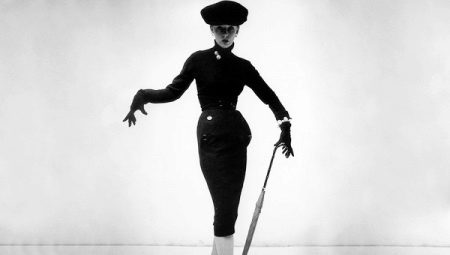
Initially, clothing was not subdivided into women's and men's. Both of them covered only the lower part of the body, using mainly animal skins or palm leaves.

At the dawn of civilizations, when mankind learned to make fabric, the skirt became not only a piece of clothing, but also an indicator of the social status of its owner:
- In ancient Egypt, they wore a shenti - an apron-shaped skirt that was tied with a cord around the waist. The longer it was, the more noble and richer its owner was.
- The intricate cut of the skirt began to appear in the culture of the ancient Cretans. Excavations at the places of life of this civilization indicate that clothes are beginning to acquire decorative elements - ruffles, frills, transverse stripes and fabric inserts.
- The ancient Greeks during the archaic period continued to wear a simple loincloth, in contrast to the female models of costumes, which were divided into two parts, the lower of which was a straight-cut skirt.
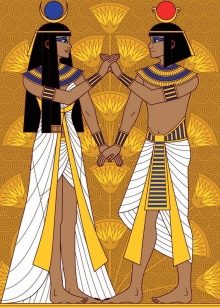
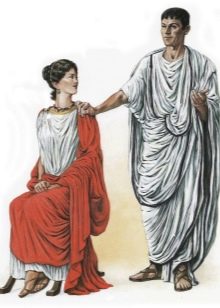
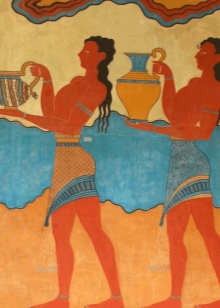
In the Middle Ages, fashion was taking shape in Europe. During this period, the bodice separated from the main dress, allowing tailors to experiment with the design of the skirt. The types, shape, volume, length and color of skirts have changed. A special role was acquired by the train, which played the same role as the long armband in ancient history - the longer, the more noble its owner. Let's make a reservation right away that only ladies close to the Palace could wear it.
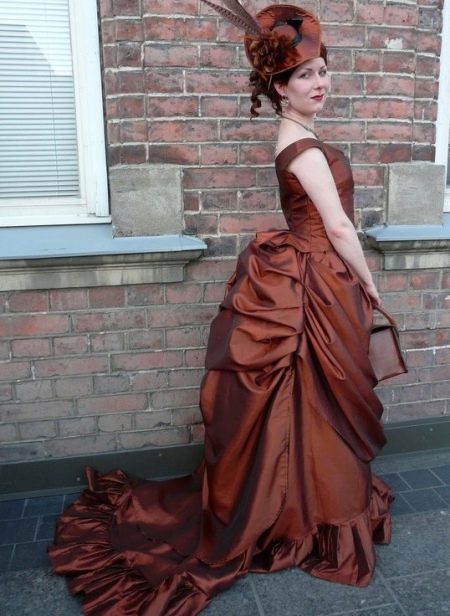
The Queen had the longest train, 11 cubits long, a little shorter - the princesses wore 9 cubits, the rest of the royal family wore 7, and the Duchess wore 3 cubits. In church circles, however, such innovations did not find like-minded people: Catholic priests refused to confess persons who came to them with a train until they removed these "devil's tails."
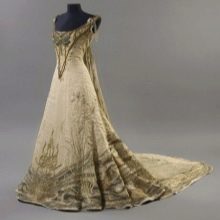
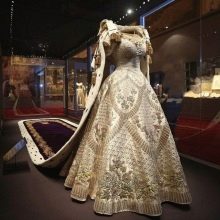
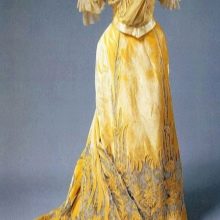
The skirt finally acquired a female face in Spain in the 16th century, and from that time it was Spanish fashionistas who began to dictate fashion to all of Europe. During this period, fluffy multi-layer skirts appeared, the basis of which was a rigid metal frame, consisting of several heavy hoops, called vedrugos.
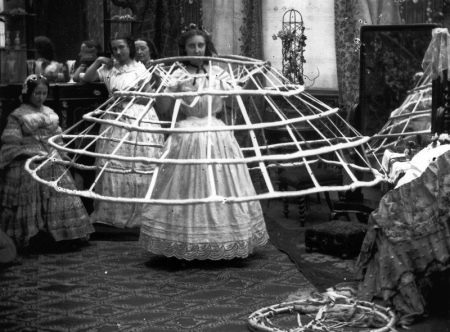
The courtiers could not cope with such a structure on their own, they were helped by a servant. To get dressed, the woman had to "enter" the circle of the skirt, and two maidservants lifted the hoops and fastened them to the bodice. The top of such a skirt was studded with precious stones and embroidered with gold, which gave it even more weight.

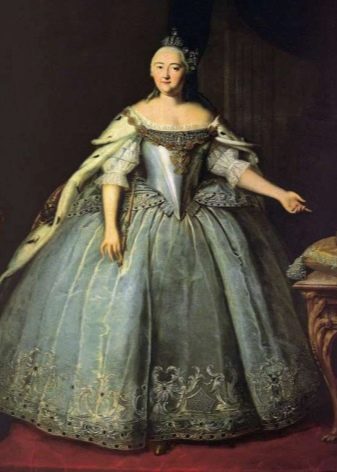
French women and Italians willingly adopted the new fashion, adopting the basis of vedrugos - a frame made of hoops. They changed the shape of the skirt - it took the shape of a cone, narrow at the top and widening at the bottom. A skirt was worn on top of a cone, and on it was a cover with an expanding slit through which one could assess the financial situation of a person - the skirts were also decorated with gold, brocade and precious stones.
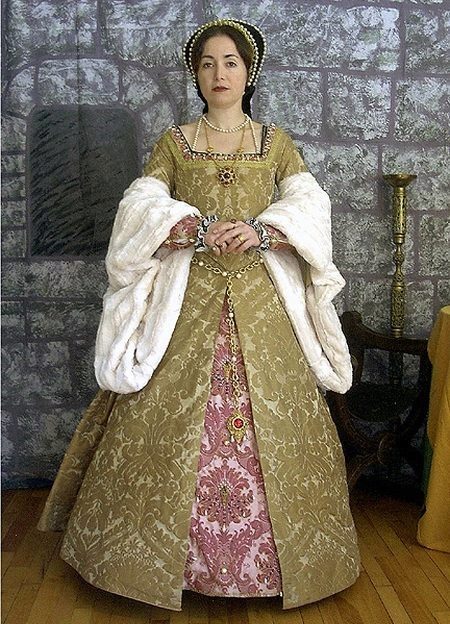
From the 17th century to this day, France began to dictate fashion to the world. Refined French women tried to change uncomfortable and heavy corsets for lighter dresses. Straight dresses are in fashion, the splendor of which is created only by wearing skirts underneath. Each top skirt was slightly shorter than the last. In winter, the number of skirts reached 15, and in summer there were enough and 5.
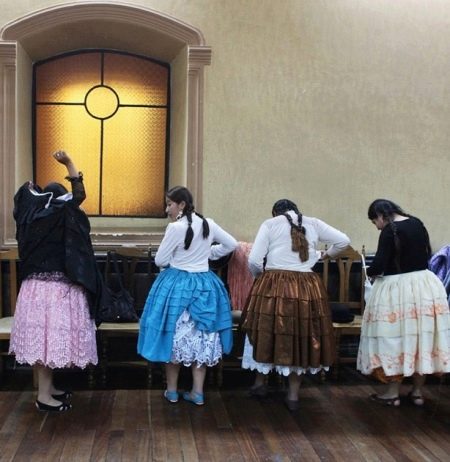
By the end of the century, straight cut goes out of fashion, chic and splendor returns. The metal in the frame is replaced with a much lighter whalebone. Layering remains, but new elements are added. The lower skirt is decorated with lace, which, when walking, as if by chance, allowed you to see a woman's ankle. The clergy were extremely negative about such outfits, and they were not allowed into the church.
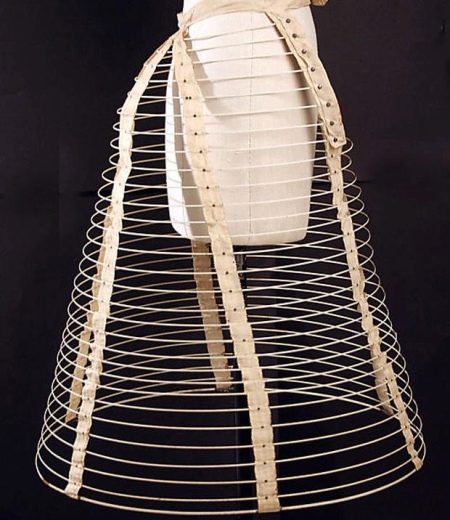
In the middle of the 19th century, skirts on a frame made of hard horsehair - crinoline - came into use. It was a very dense material that allowed the product to keep its shape. Subsequently, the word "crinoline" began to denote any underskirts with frames, be it metal, wood, or whalebone.
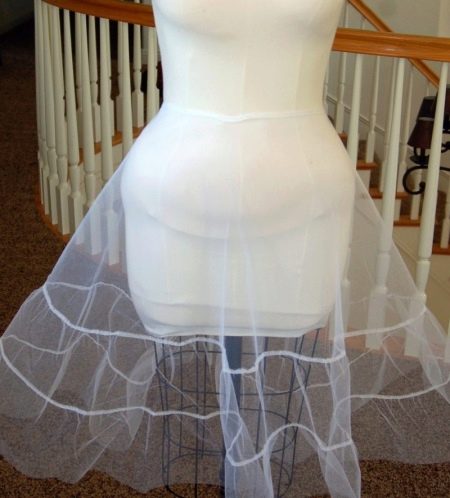
Towards the end of the 19th century, a very interesting element in clothing appears - the bustle. This is a kind of roller, which was placed under the upper part of the skirt in the lower part of the waist, to give a particularly curvy shape at the back.
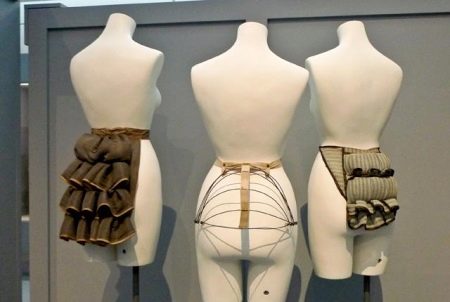
Some women of fashion were so overzealous with size that they became the object of ridicule of the cartoonists of the time, who depicted courtiers in the form of centaurs.
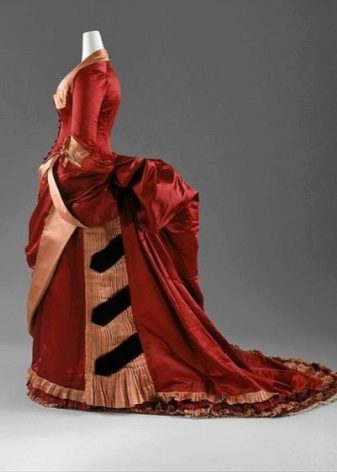
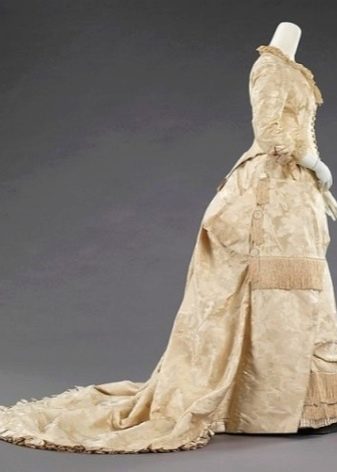
In addition to stones and gold, lace and embroidery appeared in the decoration of the upper skirt.
With the onset of the twentieth century, society is undergoing significant changes, women are seeking equality with men. Long trains and corsets go down in history. They are being replaced by democratic, simple-cut skirts.
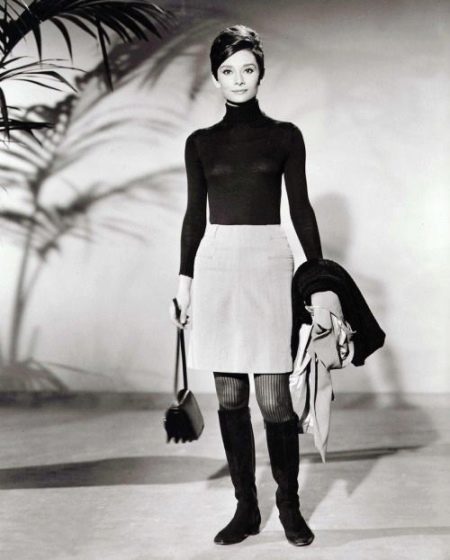
With the growing popularity of passionate Latin American dances like tango and charleston, so has the popularity of cropped skirts and skirts with slits that reveal the legs.
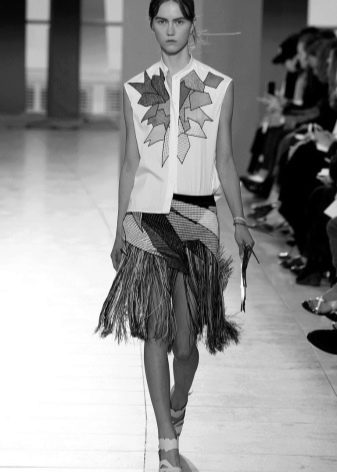

With the onset of the First World War, the skirt became even shorter, the knees opened. True, with the onset of the difficult 30s, women returned to floor-length skirts.
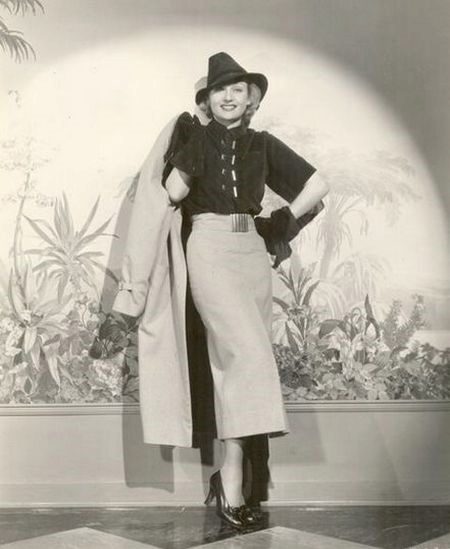
In the mid-60s, the world underwent a radical change in views on how a woman should look - a mini-skirt is coming into fashion. Even the first lady of America, Jacqueline Kennedy, began to allow herself to appear in public with open knees, which further contributed to the rise in popularity of the mini length. Mary Quant, who gave women all over the world the opportunity to flaunt with open legs, received the Order of the British Empire for her product.
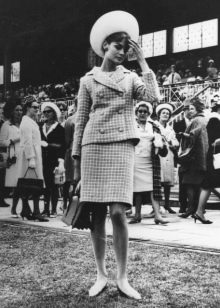
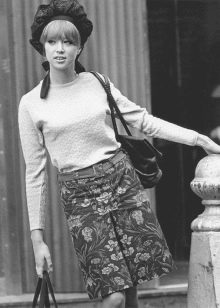
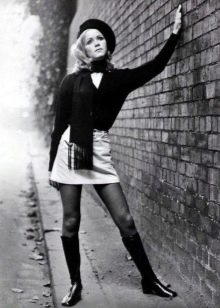
But, nevertheless, Soviet women still continued to wear skirts no shorter than mid-calf and longer, all other models were sharply criticized. The light industry of the Soviet Union, in principle, did not produce short skirts, so women of fashion had to sew with their own hands what they liked.
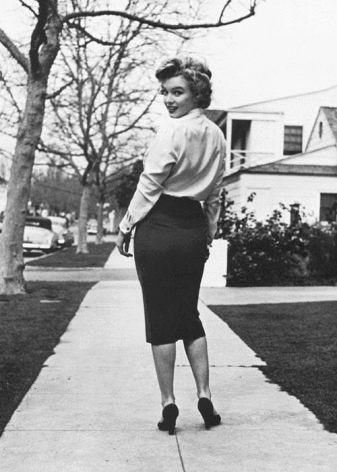

To date, there are no frames and restrictions on the length and style of skirts.Each woman chooses for herself exactly those models that she likes and suits her figure and style of clothing. Today you can wear a skirt in almost any situation and in any place - from the office and a business lunch to an incendiary party on the beach. Even on the playground, skirts are appropriate - remember how sexy tennis players look on the court in short pleated tennis skirts.




The most famous fashion designers and haute couture houses do not bypass this piece of clothing. Designers come up with many options for styles and colors of skirts, demonstrating their skills in each new season. The combination of interesting cut and various decorations, such as embroidery, appliques, beads and rhinestones, makes the choice of skirts so diverse that no woman can resist this type of clothing, choosing for herself what she needs.
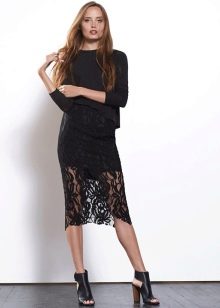
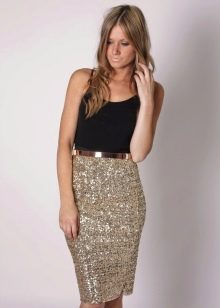

History of the appearance of some types of skirts
Pencil skirt was born thanks to the unsurpassed Coco Chanel, who, following the little black dress, created a new masterpiece - a black knee-length skirt with a high waist, hugging the hips and tapering downward. In the mid-40s, Christian Dior diversified this model a little at his show, and soon the whole world fell in love with the new style. The famous Marilyn Monroe often delighted her fans by appearing in public in just such a skirt.
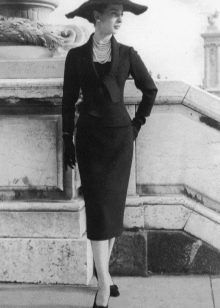
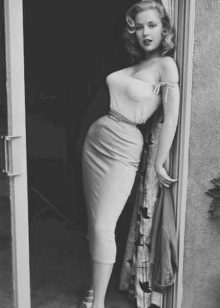
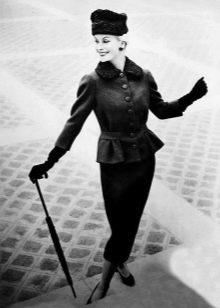
Tutu skirt was created at the end of the 19th century especially for the soloist of the ballet "La Sylphide" Maria Taglioni.
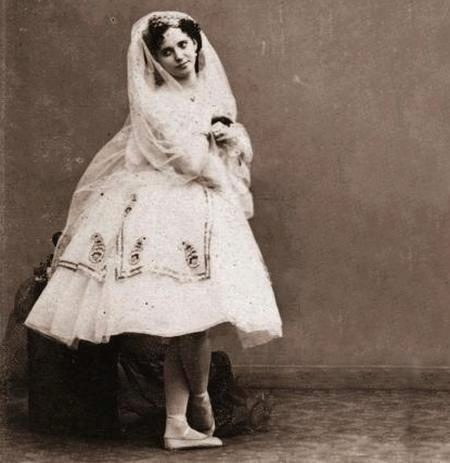
For some period of time, tutus were only an attribute of the stage, but by the middle of the twentieth century, many haute couture houses were inspired by the splendor of this model, and not only dancers began to wear this skirt. And by the end of the century, thanks to the TV series "Sex and the City", where the main character proudly flaunts around the city in a ballet tutu, the most notorious women of fashion began to appear in such skirts, boldly experimenting with the style, color and length of the models. So they became the main attribute when creating bold and daring images, but at the same time, feminine and very sexy.

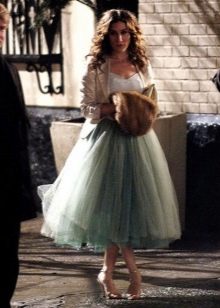
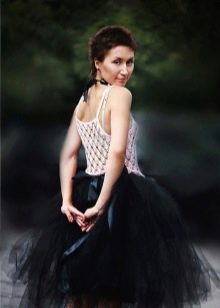
Tulip skirt appeared on the catwalks in the 70s of the last century, when the famous pencil skirt was already bored with designers. The tulip was a skirt, narrow at the waist, widening at the hips and tapering downward.

This style has firmly taken root in women's wardrobes to this day, even though the pencil model has regained its popularity.
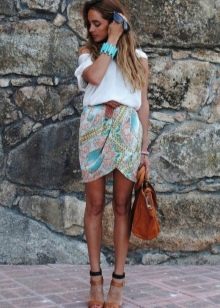
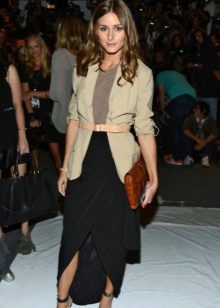










Thanks for the information.